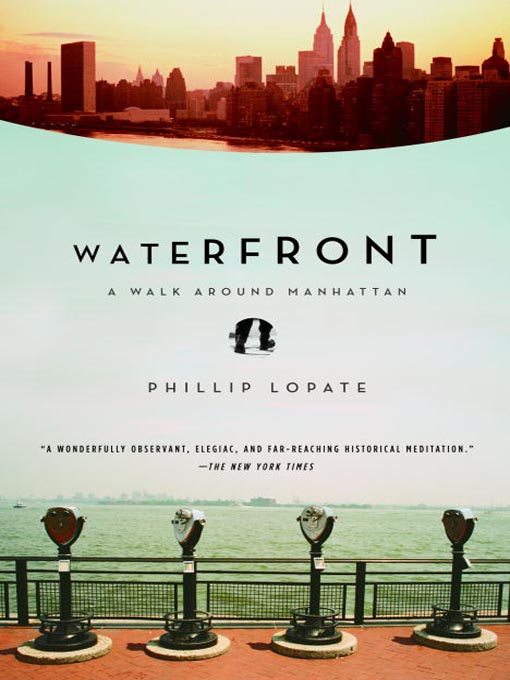- Available now
- New eBook additions
- New kids additions
- New teen additions
- World Languages eBooks
- See all
- Available now
- New kids additions
- World Language Audiobooks
- New teen additions
- Most popular
- New audiobook additions
- See all
- All Magazines
- Children's Magazines
- Cooking & Food
- Home & Garden
- Health & Fitness
- Celebrity
- Tech & Gaming
- Cars & Motorcycles
- Family & Parenting
- Sports
- Travel & Outdoors
- Photography
- Art & Architecture
- See all


